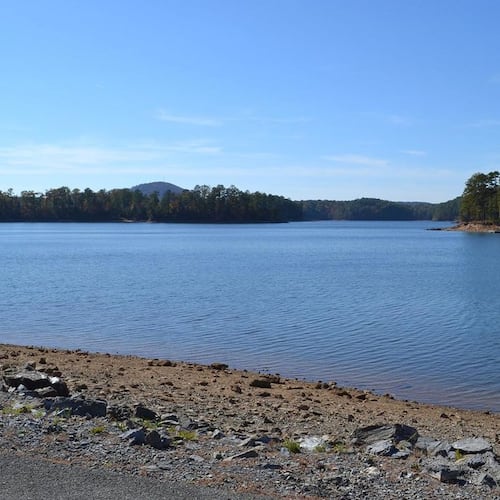A storm's a brewin in the northeast. And in the south, too.
But precipitation comes in all shapes and sizes.
One form is known as thundersnow — similar to the more common thunderstorm but with snow. AccuWeather explains it's all about instability, which is why it's so rare in the winter.
"The air near the ground needs to be warmer than the air aloft, yet cold enough to produce snow. This happens when storms intensify rapidly," AccuWeather reports.
Thundersnow, just like thunderstorms, are associated with heavier precipitation. One study from 2002 suggested thundersnow usually coincides with about six or more inches of snowfall. (Video via CNN)
"The lightning at night may well appear brighter because it's reflected by the snowflakes, but the snowflakes may muffle the sound of the thunder," BBC reported.
Freezing rain and sleet also affect the masses.
The difference between freezing rain and sleet is that freezing rain is rain when it hits the ground, while sleet is more like pellets of ice. (Video via The Weather Network)
Freezing rain freezes on any surface that's 32 degrees or colder, meaning roadways, sidewalks and more can be particularly dangerous on which to maneuver.
This video includes images from Getty Images.
About the Author
The Latest
Featured

